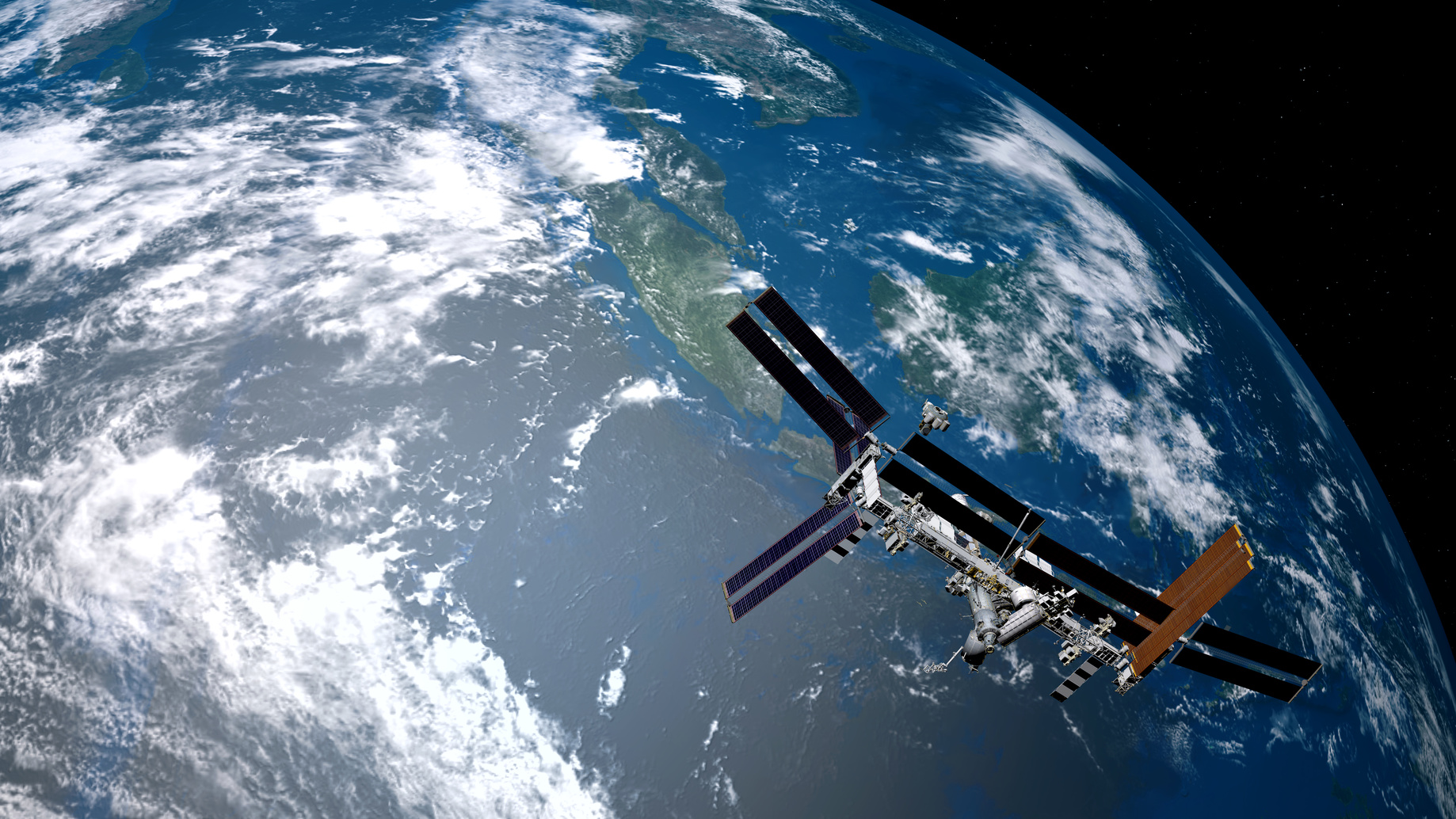
Hewlett Packard Enterprise has successfully powered up its experimental space servers, after a month of orbiting the Earth on the International Space Station.
The delays were due to astronaut timetables and the recent hurricane Harvey.
Last month HPE sent two Apollo 40 servers up to the International Space Station onboard Space X’s Dragon launch. The experiment is to see how long the machines will last and how their performance will degrade over time. Astronauts use specially ruggedised laptops but they typically only last a month. Vibration, radiation and sub atomic particles all do damage.
The two rack-based servers are water cooled – normal convection is not effective in space – but otherwise standard machines. They are also using software systems to provide extra protection – the machines cut back their performance if they detect excessive radiation.
On Thursday 14th September the two machines were bolted into their ceiling racks. Although they weigh 124 pounds on earth they needed only small bolts to keep them in position in the low gravity of the space station.
Ethernet cables and water cooling systems were attached before the machines were powered up. After a brief pause both inverters switched on correctly. This was followed by a bit of software and systems housekeeping before testing the systems.
Two tests were run, both of which are used by the Top500 ranking for supercomputers back on earth. They both confirmed the machines were running more than a trillion calculations per second or one teraFLOP. They are the first off-the-shelf machines to run at that speed in space.
There are two identical machines running back on earth to act as controls in the experiment.
The Spaceborne Computer experiment will run for a year and hopes to help solve questions of how to keep computers running on long space missions such as a trip to Mars. There’s more on Captain’s Log…here:






